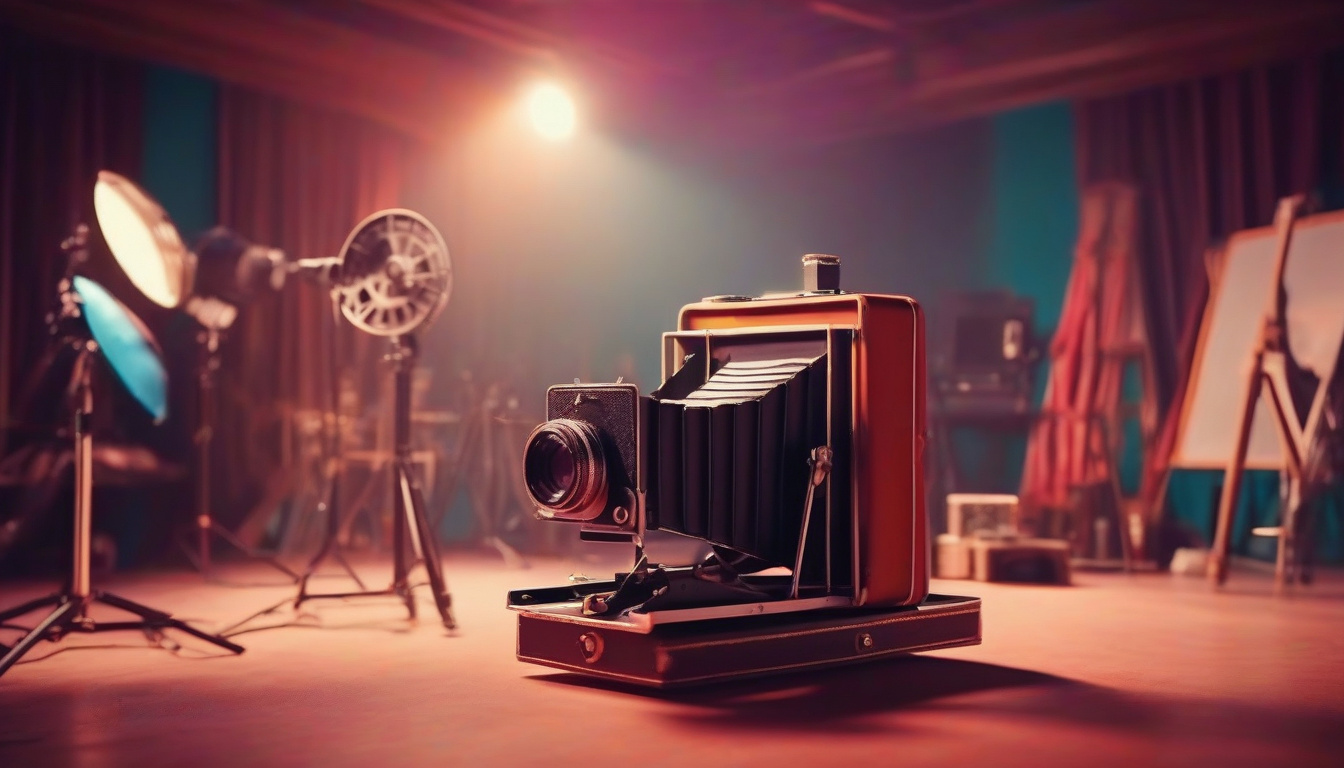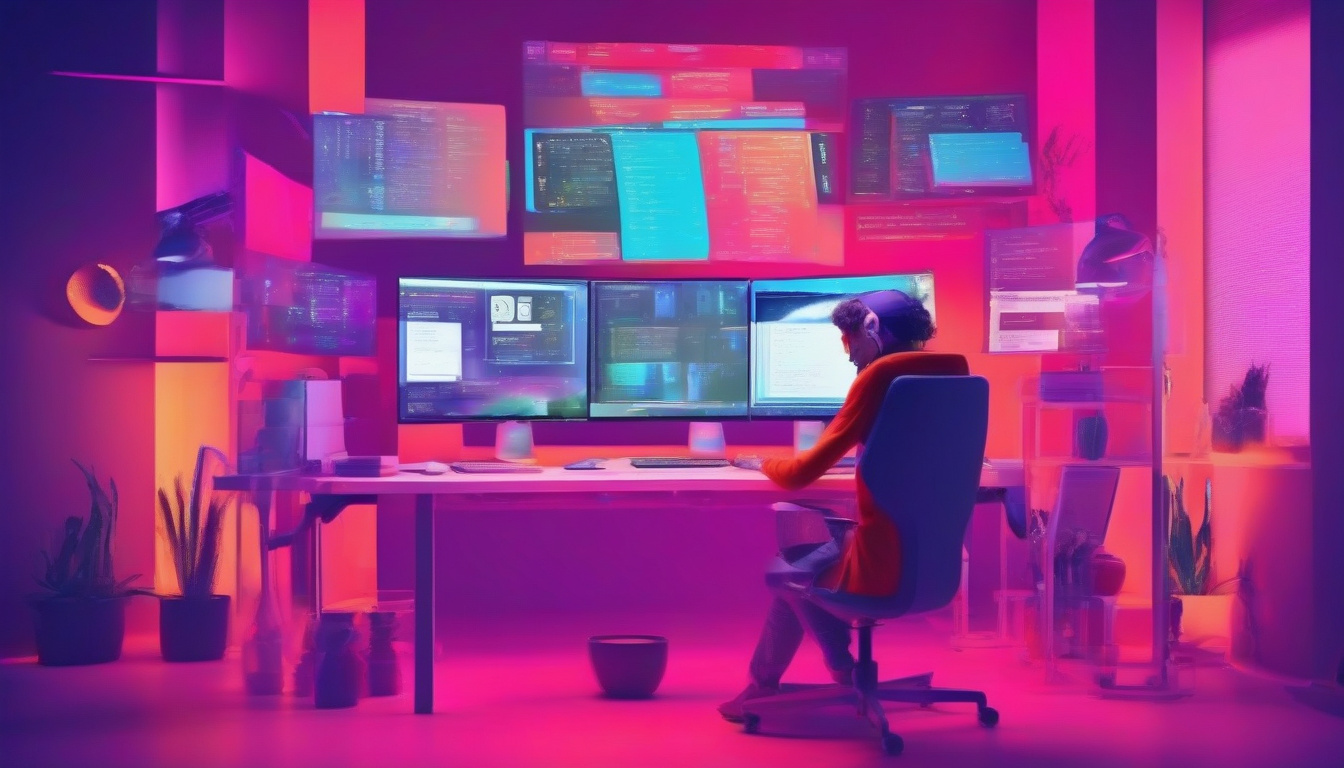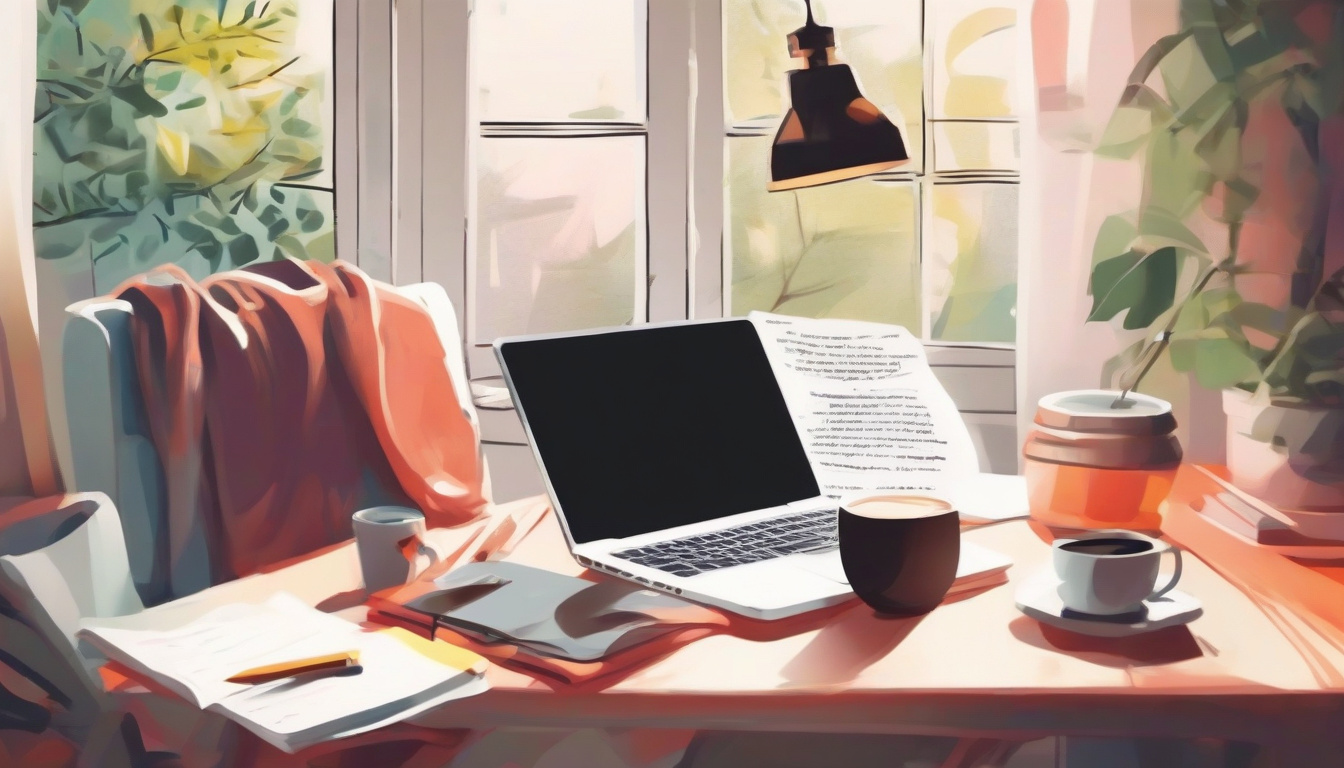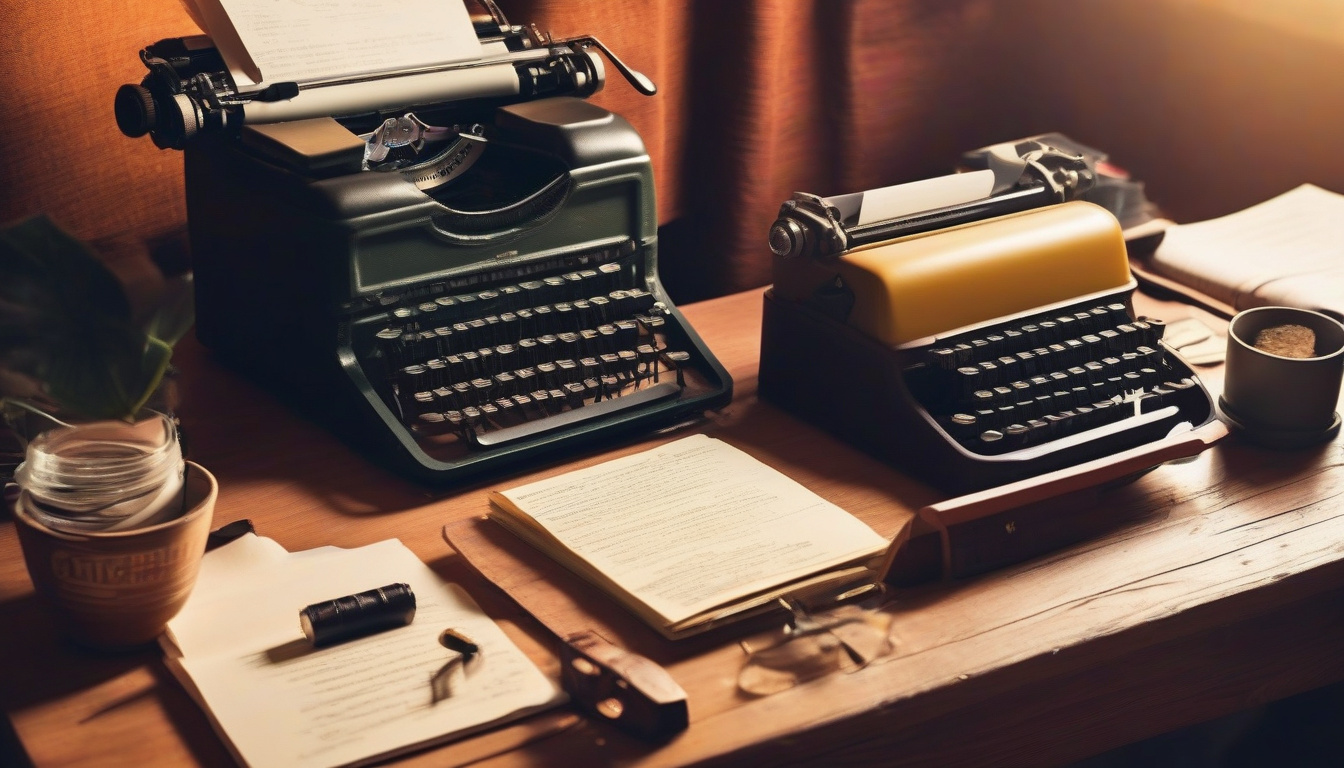
Film shooting is the cornerstone of crafting compelling visual stories that captivate audiences. From the choice of camera angles to lighting setups, mastering film shooting techniques empowers filmmakers to convey emotions, build tension, and bring narratives to life. Whether you’re a budding filmmaker or an experienced director looking to refine your craft, understanding the nuances of film shooting is essential to elevating your cinematic storytelling.
In this article, we will explore various film shooting techniques that enhance narrative impact, discuss how to use them effectively, and provide practical tips to help you master the art of cinematic storytelling.
Understanding Film Shooting: The Foundation of Visual Storytelling
Film shooting refers to the process of capturing moving images on camera. It involves more than just pointing and shooting; careful planning, composition, and execution are critical to create scenes that resonate emotionally and visually. The techniques used during film shooting influence how audiences perceive the story, characters, and atmosphere.
Incorporating the right film shooting methods can transform a simple narrative into a cinematic masterpiece. Key elements include camera movement, shot composition, lighting, and directing the actors’ performances. When combined cleverly, these techniques give depth and emotion, making your story unforgettable.
Essential Film Shooting Techniques Every Filmmaker Should Know
Mastering film shooting techniques begins with understanding the tools and methods that enhance storytelling. Below are some foundational techniques that profoundly affect the viewer’s experience:
1. Camera Angles and Movement
- Wide Shots: Establish the scene, show environment and scale, and introduce characters.
- Close-Ups: Capture emotions and important details, drawing the viewer closer to characters.
- Low Angles: Convey power or intimidation.
- High Angles: Suggest vulnerability or weakness.
- Tracking Shots: Follow the subject, creating immersion and continuity.
- Dolly Shots: Smoothly tuck into or out from the subject for dramatic effect.
- Handheld Shots: Add rawness and realism, often used in documentaries or intense scenes.
2. Lighting Techniques
Lighting sets the mood, emphasizing emotion and depth. Methods include:
- Three-Point Lighting: Key, fill, and backlight to create balanced and natural illumination.
- High-Key Lighting: Bright and even, ideal for comedies and upbeat scenes.
- Low-Key Lighting: High contrast and shadows, perfect for suspense and drama.
- Natural Lighting: Use sunlight or practical lights to add realism.
3. Composition and Framing
The rule of thirds, leading lines, symmetry, and depth of field guide how viewers’ eyes move across the frame. Good composition helps highlight important story elements and creates visually enriching scenes.
4. Depth and Layers
Layering subjects and using foreground and background elements add complexity and depth, making scenes richer and more believable.

5. Focus Techniques
- Rack Focus: Switching focus from one subject to another to shift audience attention.
- Shallow Focus: Isolates subject by blurring background.
- Deep Focus: Keeps everything in sharp focus to provide contextual information.
Advanced Film Shooting Methods to Elevate Storytelling
Once you’ve mastered basics, consider incorporating advanced techniques:
1. Long Takes
Extended continuous shots that can create tension, realism, and showcase actors’ performances without visible cuts.
2. Dutch Angles
Tilting the camera for a skewed horizon line to evoke unease or disorientation.
3. Over-the-Shoulder Shots
Place the camera behind one character’s shoulder to facilitate conversations and perspective shifts.
4. Point of View Shots
Show the scene through a character’s eyes to immerse the audience in their experience.
5. Time-Lapse and Slow Motion
Manipulate time to highlight key moments or compress lengthy events creatively.
Practical Tips for Effective Film Shooting
To get the most out of your film shooting sessions, keep these essential tips in mind:
- Plan Shots with Storyboards: Pre-visualize your shots to maintain narrative flow and continuity.
- Use Consistent Color Schemes: Color influences mood; use it intentionally.
- Test Lighting Setups Before Shooting: Avoid surprises and ensure proper exposure.
- Communicate Clearly with Your Crew and Actors: Collaboration yields better results.
- Be Mindful of Sound: Although not a direct shooting technique, sound quality enhances or detracts from visuals.
- Experiment with Angles and Movements: Don’t be afraid to innovate to find unique storytelling angles.
Frequently Asked Questions About Film Shooting
What is the most important film shooting technique for beginners?
For beginners, mastering basic camera angles and understanding framing is crucial. These fundamentals create a strong foundation allowing new filmmakers to tell clear and engaging stories visually.
How does lighting influence film shooting?
Lighting directly affects the mood, tone, and emotional impact of a scene. Proper lighting techniques can enhance storytelling by highlighting or concealing elements, creating atmosphere, and supporting genre conventions.
Can film shooting techniques improve storytelling in documentaries?
Absolutely. Even in documentaries, film shooting techniques like camera movement, framing, and lighting shape how audiences perceive reality and empathize with subjects, enhancing narrative engagement.
Conclusion: Harness Film Shooting to Tell Your Cinematic Story
Film shooting techniques are the language through which stories unfold on the screen. By mastering these methods—from camera angles to lighting and advanced creative shots—you gain control over how your audience experiences your story. It requires practice, experimentation, and a deep understanding of narrative goals, but the results are undeniably rewarding.
To learn more about cinematic techniques and enhance your filmmaking journey, consider studying the works of acclaimed directors or enrolling in workshops dedicated to film craft. Remember, each shot tells part of your story — make every frame count!
Ready to elevate your filmmaking? Start experimenting with these film shooting techniques today and transform your cinematic storytelling into a powerful visual experience.
For a deeper dive into film production techniques, check out resources from the American Film Institute to gain expert insights and practical guidance (source).






